Figures & data
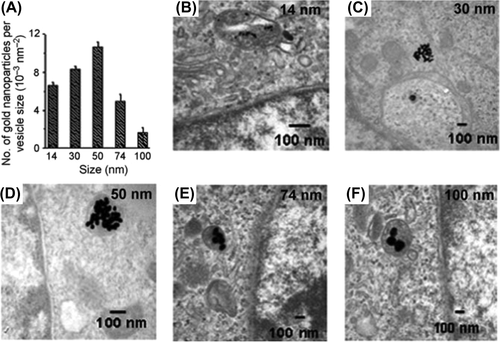
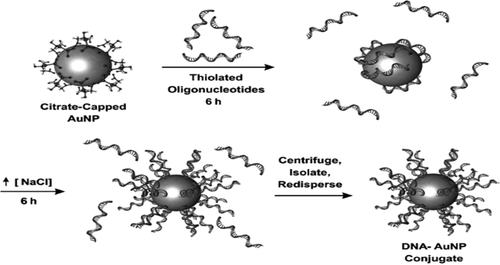
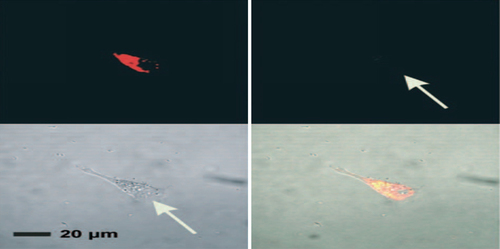
Table I. Cell types that internalize polyvalent DNA gold nanoconjugates. Cellular internalization was determined using mass spectrometry and cell-associated fluorescence measurements.

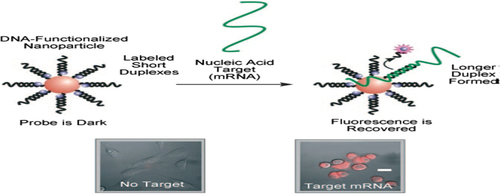
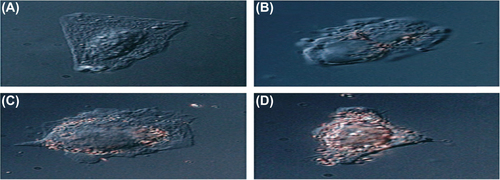
![Figure 12. Templated synthesis of spherical HDL nanoparticles through use of thiol-terminated peptides and the protein (APOA1). Adapted from Ref. [111], with permission from the American Chemical Society; Copyright 2009.](/cms/asset/1d1acb87-004b-447e-8191-1a1d0c5e48aa/ianb_a_955107_f0012_b.gif)

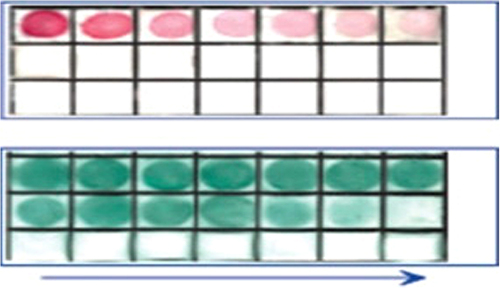
Register now or learn more
Free access






![Figure 12. Templated synthesis of spherical HDL nanoparticles through use of thiol-terminated peptides and the protein (APOA1). Adapted from Ref. [111], with permission from the American Chemical Society; Copyright 2009.](/cms/asset/1d1acb87-004b-447e-8191-1a1d0c5e48aa/ianb_a_955107_f0012_b.gif)


Please note: Selecting permissions does not provide access to the full text of the article, please see our help page How do I view content?
To request a reprint or corporate permissions for this article, please click on the relevant link below:
Please note: Selecting permissions does not provide access to the full text of the article, please see our help page How do I view content?
Obtain permissions instantly via Rightslink by clicking on the button below:
If you are unable to obtain permissions via Rightslink, please complete and submit this Permissions form. For more information, please visit our Permissions help page.
People also read lists articles that other readers of this article have read.
Recommended articles lists articles that we recommend and is powered by our AI driven recommendation engine.
Cited by lists all citing articles based on Crossref citations.
Articles with the Crossref icon will open in a new tab.